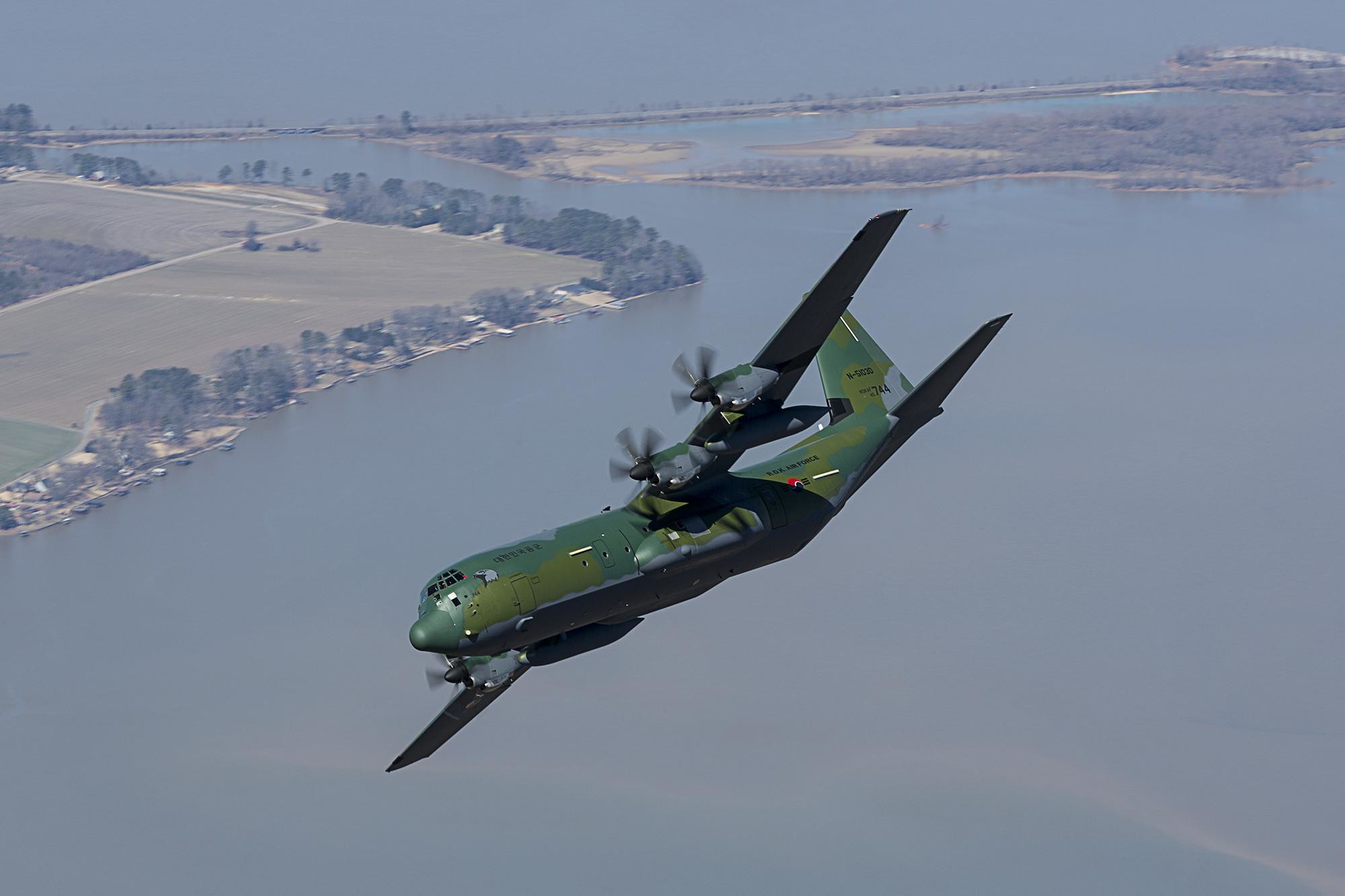NZDF to Get Five C-130J Super Hercules
WELLINGTON: The New Zealand Defence Force (NZDF) will get five new Lockheed Martin C-130J Super Hercules transport aircraft through the United States’ Foreign Military Sales programme. The aircraft will be replacing the current fleet of C-130H in Royal New Zealand Air Force’s service. The NZD$1.5 billion ($976 million) project will come with a full mission simulator and other supporting infrastructure.
New Zealand’s defence minister Ron Mark said that the new Super Hercules will be delivered in 2024, with the full fleet operating from 2025, allowing for a phased retirement of the current fleet.
According to Mark, the decision to buy the new transporters is made to ensure that there will be a continuity for the NZDF to perform future tasks.
“This fleet will ensure the Defence Force can continue to support New Zealand’s community resilience, our national security, our contribution to our Pacific neighbours and the wider global community,” said the defence minister.
New Zealand has also approved NZD$21 million ($13.6 million) to upgrade Royal New Zealand Air Force NH90 helicopters. Mark said that aircraft will be fitted with updated communication, navigation, air traffic management and identification systems.
Minister Mark said that the aircraft will be fitted with updated communication, navigation, air traffic management and identification systems.
“The upgrade of the NH90 will be undertaken in cooperation with a number of other nations who operate these helicopters including Australia, Finland, Sweden, Germany, Italy, France, and Norway,” said the defence minister.
“This will provide us with an opportunity to share development costs amongst all participating nations, which means this approach is less expensive and risky than pursuing a bespoke solution”.
The government spent $2.3 billion to buy new P8 Poseidons to replace the Air Force’s ageing Orion aircraft, which had been in use since the 1960s. It was reported that both the 1960s Hercules and Orion fleets have become more expensive to repair. About $360 million was spent over a decade on repairs, according to Official Information Act data in 2018.


